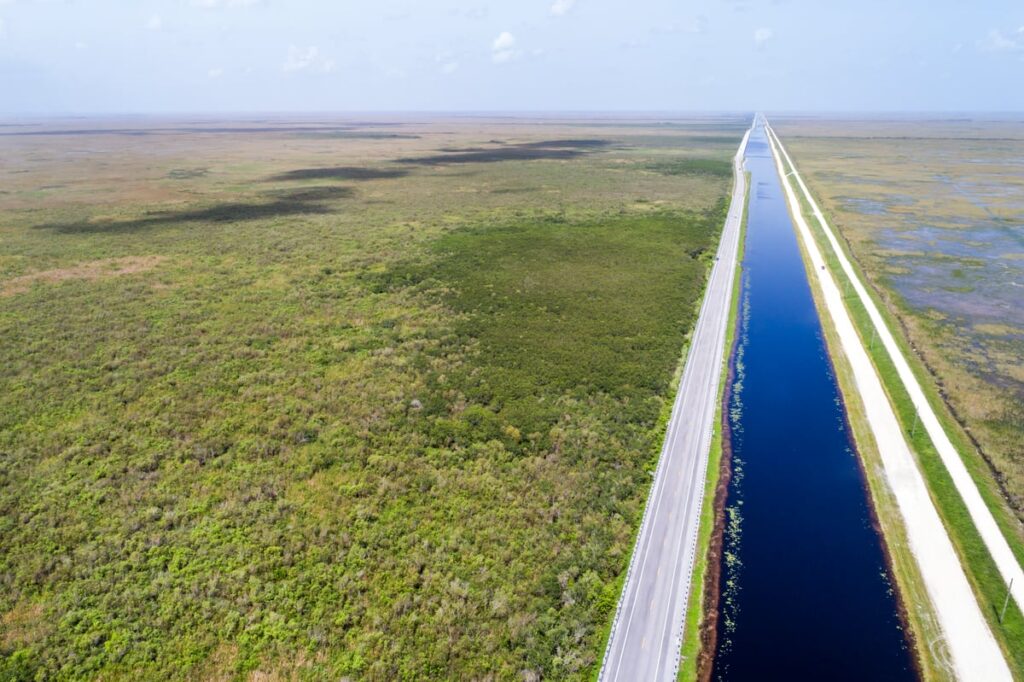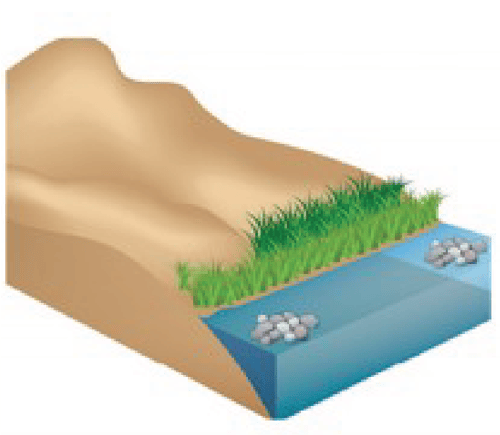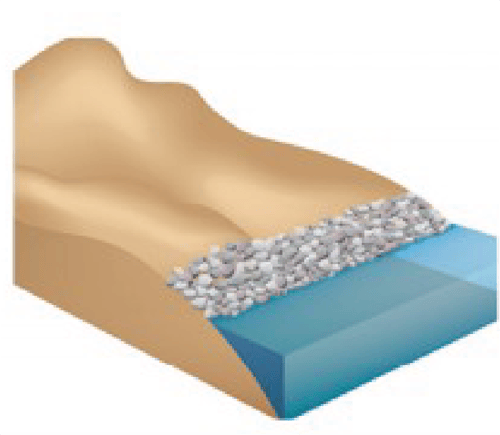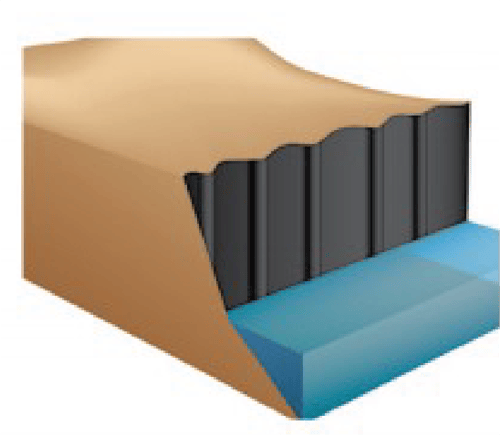Why Your Community Needs Hard Shoreline Protection
Three long-lasting solutions can strengthen shorelines to protect nearby communities from flooding
Intensifying storm surges and rising seas continue to increase the flood risk for waterfront communities. Hard shoreline protection — like seawalls, breakwaters, and revetments — can help mitigate these disasters.

Take Takeaway
Seawalls, breakwaters, and revetments protect waterfront communities from encroaching seas and storm surge. These flood mitigation structures last a long time, and when used correctly can be cost-effective solutions for their communities.
How they work: Seawalls are physical barriers that run parallel to the shoreline to protect buildings from strong waves, tides, and storm surge. Alternatively, breakwaters and revetments are focused on preventing coastal erosion. Breakwaters block waves to reduce their impact, and revetments physically hold shoreline sand and dirt in place. By preventing coastal erosion, they maintain the ability of the coastline to act as a barrier against waves and flooding.
Why you need them: Directly or indirectly, all three protect nearby structures and communities from flooding and storm surges. Inland communities along rivers, lakes, or bays will benefit most from revetments. Coastal communities will benefit from breakwaters to reduce wave energy, or seawalls to block them altogether.
Why your county needs them: These hard shoreline protections share two key qualities: durability and longevity. Each solution can last up to 50 years on average, much longer than other solutions, like beach renourishment.
Take action: Constituents living near shorelines need their properties protected and must let elected officials know they want solutions. Writing to representatives and attending town halls will make these projects a higher priority.
- Yes, but: Your county officials might push back on the price tag for these solutions, but they can offer a positive return on investment. Breakwaters in New York Harbor generated $13.7m in benefits. The Galveston seawall has stood for over 100 years. Mathews County, VA combined revetments with soft shoreline solutions to protect a historic estate on the East River.
What experts say: “Armored shorelines can prevent sandy beaches, wetlands and other intertidal areas from moving inland as the land erodes or sea levels rise,” according to NOAA. “The key to shoreline stabilization, if it is required, is to use a site-specific stabilization method that balances the needs of the public and the needs of the natural system.”


